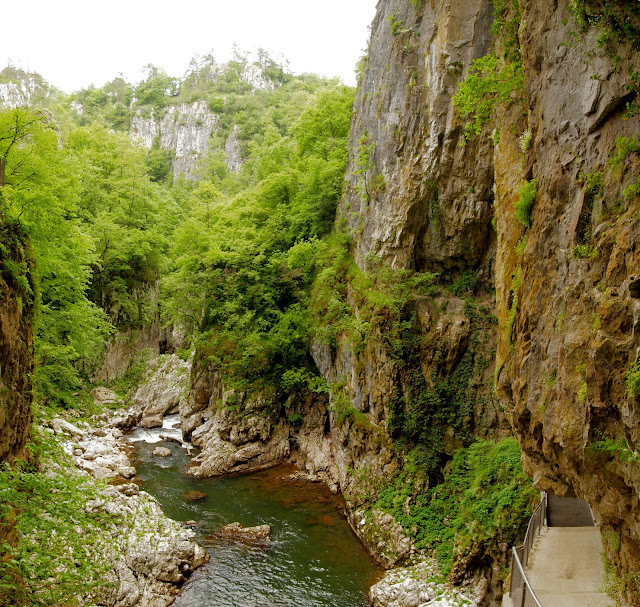Peoples always prefer elevators
instead of stairs. However, if you face any situation of to go up to more than 1,000 feet cliff, what will you do? Obviously you’ll take prefer to hang on
elevators instead of stairs. The
Baillong Elevator in China from 1,000 cliff ascension to a ride through a
massive aquarium is the most jaw-dropping lifts in the world. The Bailong
Elevator is a glass elevator built onto the side of a huge cliff in the
Wulingyuan area of Zhangjiajie, China. The Bailong Elevators is not for the
faint-hearted peoples. The formidable
Bailong Elevator, also known as the 'hundred dragons sky lift'. The mega structure
is composed of three separate glass elevators, each of which can carry up to 50
people at a time.
The lift is literally Hundred
Dragons Elevator that is 1,070 feet high, claimed to be the highest and heaviest
outdoor elevator in the world. The Bailong Elevator project is completed with a
huge cost of approximately £13million (120million Yuan) project claims to be
the highest and heaviest outdoor elevator in the world. Therefore, upto 1,400 sightseers
get the rare experience of stomach-churning ride which offers a breathtaking
views across Zhangjiajie's distinguished sandstone pillars, whispered by some
to be the inspiration for the 'floating peaks' in the film, Avatar.
The Bailong Elevator is the most
incredible and exhilarating lifts from around the world, where the ride to the
top is as thrilling as the view. The incredible observation elevator, which is
taller than The Shard, can transport guests to the top of a 1,070ft-tall cliff
from its base in less than two minutes. The Bailong Elevator construction
started in 1999, and completed in 2002. Hence, many times the journey is more unbelievable
than the destination itself - as these jaw-dropping elevators prove.
The lift was opened for public in
2002; however environmental effects of the elevator have been a big debate and
controversy. Because Wulingyan area was officially declared World Heritage
Sites in 2002. However, in 2002-2003 the operations were stopped for 10 months
due to safety issues. Moreover, in 2015, The Bailong Elevator was officially recognized
by Guinness World Records of World’s tallest outdoor lift, the world's tallest
double-deck sightseeing elevator and the world's fastest passenger elevator
with biggest carrying capacity. The Bailong Elevator project took three years
to build and has fascinated a large number of tourists to the area

















































